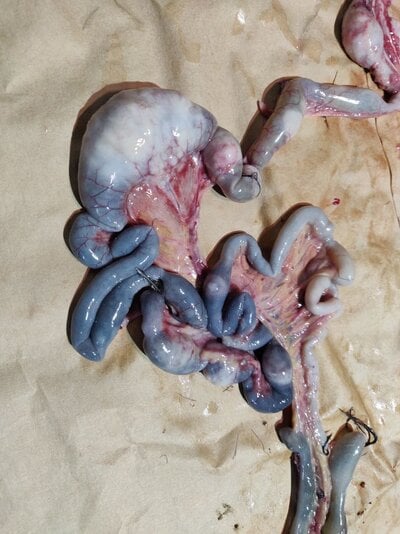I'm very impressed with your meticulous necropsy. You've done a far better job than I ever do, having done a "quick and dirty" one just yesterday to confirm what I thought caused the death of one of my hens. (Egg binding)
My knowledge of how to read necropsy results is very limited to really obvious things such as egg binding, internal laying, and avian leucosis where these things are not at all obscure.
I did notice the pale liver in your necropsy. But I can't say what it points to. I didn't see anything regarding the reproductive system, but then I miss stuff due to my elderly brain not being as spry as it used to be.
Did you notice any inflammation of the intestinal lining as you cut into them reveling the worms? A heavy worm load is capable of corroding the intestinal lining and causing bacterial infection, and that can become permanent damage resulting in death. It wouldn't necessarily be sudden, though, I would think.
Again, great job! I wish I could be more help.




